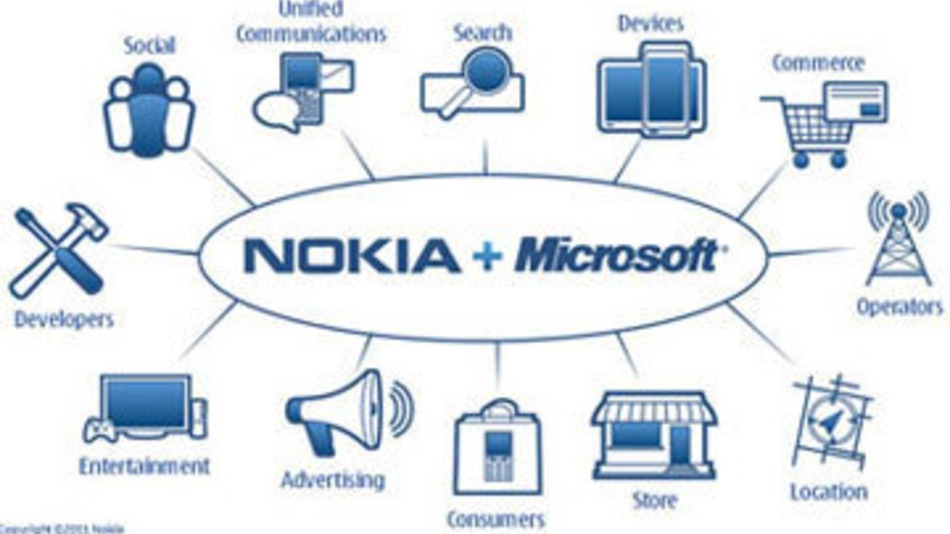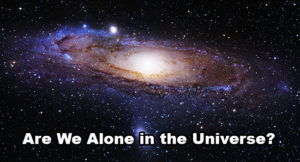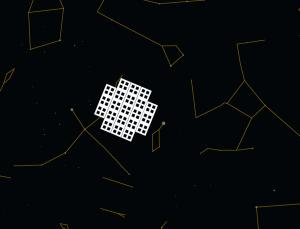
Microsoft-Nokia deal: what happens to Nokia’s spatial division?
It’s been less than a month since the much talked about Microsoft-Nokia deal where Microsoft had bought Nokia’s phone business. The two companies have been working closely since a few years now and it doesn’t come as a big surprise that Nokia had sold it’s phone business to Microsoft.
This deal might be a really good one for the Mobile phone industry with more integrated hardware and software but the deal for the geospatial services of Nokia is a little different. Microsoft stopped short of buying Nokia’s geospatial business choosing instead to license and use Nokia’s map and location based service options. Surely Microsoft does realize the power of “G” – geospatial. Maps have transformed the way information is being visualized and a lot of marketing these days is moving towards location based ads.
Microsoft wants to utilize the power of maps and has been aggressively integrating location services and maps into all its products like Office, Skype, Bing, etc but EUR 3.79 billion deal does not include geospatial division of Nokia. The deal allows Microsoft to license and use the maps.
A few years ago, Nokia had bought Navteq in a landmark deal that looked like it would reap rich benefits for Nokia, however reality was very different as the deal didn’t much much of a difference in monetary terms for Nokia. Is Microsoft clearly not interested in repeating the same thing with Nokia. A question only the think-tanks of Microsoft can answer.
I am still concerned over the future of Nokia’s HERE solutions. Without any “home” devices, would HERE die a slow death or will Nokia partner with data-hungry geospatial companies to create new products and solutions using their HERE and other geospatial data and technology. For a company that was dominating the mobile phone market just a few years back, this is “back to square one” situation. But I would not write off Nokia just yet. With Location based services and spatial industry showing signs of good growth and greater potential, Nokia could still be the dark horse. With the kind of technology and data that the company has it still has it in them to create more magic.







